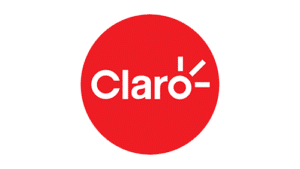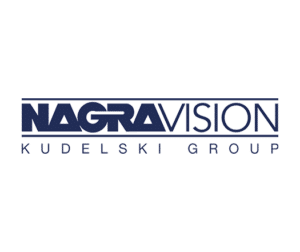Security is a critical requirement for video delivery with more content being supplied over multiple networks, to an ever-increasing number of platforms and devices.
I recently presented at the Harmonic Live event with Stephane Cloirec about the changing landscape of linear channel distribution and the evolutions that this once well-established distribution chain is currently witnessing.
With primary distribution evolving due to spectrum constraints – for example to free up bandwidth to deploy new services like 5G – a change in approach was inevitable. Further, if we also consider streaming a mainstream distribution network, which some will predict will become larger than broadcast, further adaptation is required. Both of these shifts have created a need for a whole new set of security requirements which not only reflect today’s cyber threats but also those of the ever-evolving technology landscape.
Let’s take first the contribution end of the content distribution chain. Here, todays off the shelf servers provide even more power than what was previously achieved via custom equipment that included Professional IRDs with ProCAMs and smartcards. Today, distributors benefit by being able to use these off the shelf servers with integrated SIM card technology which allows each server to manage a significantly higher number of services than was previously the case with the equivalent ProCAM and IRD whose maximum was much lower. Not only does this new approach deliver a cost saving benefit to service operators – without any compromise on security – but it also makes the process of distribution far more efficient.
But once the affiliate has downlinked their content and before they distribute it further, the propensity for content theft or leaks increases so how can this be addressed without leaving any security gaps in the distribution chain? The answer is an integrated video watermarking solution. This will ensure that any leaks can be detected as the content progresses through primary and then secondary distribution.
For example, if at a primary distribution level, we know that content is being distributed in France then at a secondary distribution level, we can add the distribution path such as cable or IPTV etc. within the body of the imperceptible video watermark. This then allows the content distributors to identify at a macro-level where they are seeing higher level of leaks per distribution path. At a business level, this allows data-driven decisioning such as balancing licensing income versus piracy risk which in turn may affect which networks the content is licensed for.
This of course is great from a content distribution perspective but once the valuable content is distributed to consumers, the risk of theft increases again and therefore additional levels of leak detection and associated traitor-tracing measures are required. Forensic Watermarking has a further role to play during this final phase of distribution to monitor content leaks on the multitude of devices that are used by today’s consumers. At an aggregate level, this also means video service operators can also identify any particular types of device that are leak-prone alongside more granular information such as the location of the leak and the subscriber ID. This equips the video service provider with all the necessary information to traitor-trace the illicit use and can ultimately end in them revoking the subscribers account or pursuing legal action.
We’ve discussed here how watermarking, and in particular products such as NexGuard NetworkID and NexGuard Streaming have a key role to play in the content distribution chain. As a key tool in the fight against content leaks, the power of video watermarking is its ability to identify not only which affiliate and then network type the leak has been detected on but also really zoom in on the offending subscriber. This end-to-end distribution chain level of insight, when joined together with some of our other Active Streaming Protection offerings such as Anti-Piracy services, allows for the rapid identification of content theft and the associated traitor-tracing to enable the necessary remedial action to be taken.
NAGRA and Harmonic have created a joint solution to leverage our security know-how and their flexible software-based encoders and receivers, including Harmonic XOS / VOS for linear ABR encoding. We discussed this further in the recent webinar that I mentioned at the start of this blog and it can be watched here.
NAGRA works with organisations across the content contribution and distribution chain to help secure their content against increasing risks of theft and leaks. To continue the conversation and learn how you could join them, why not contact us here; we’re looking forward to hearing from you!























